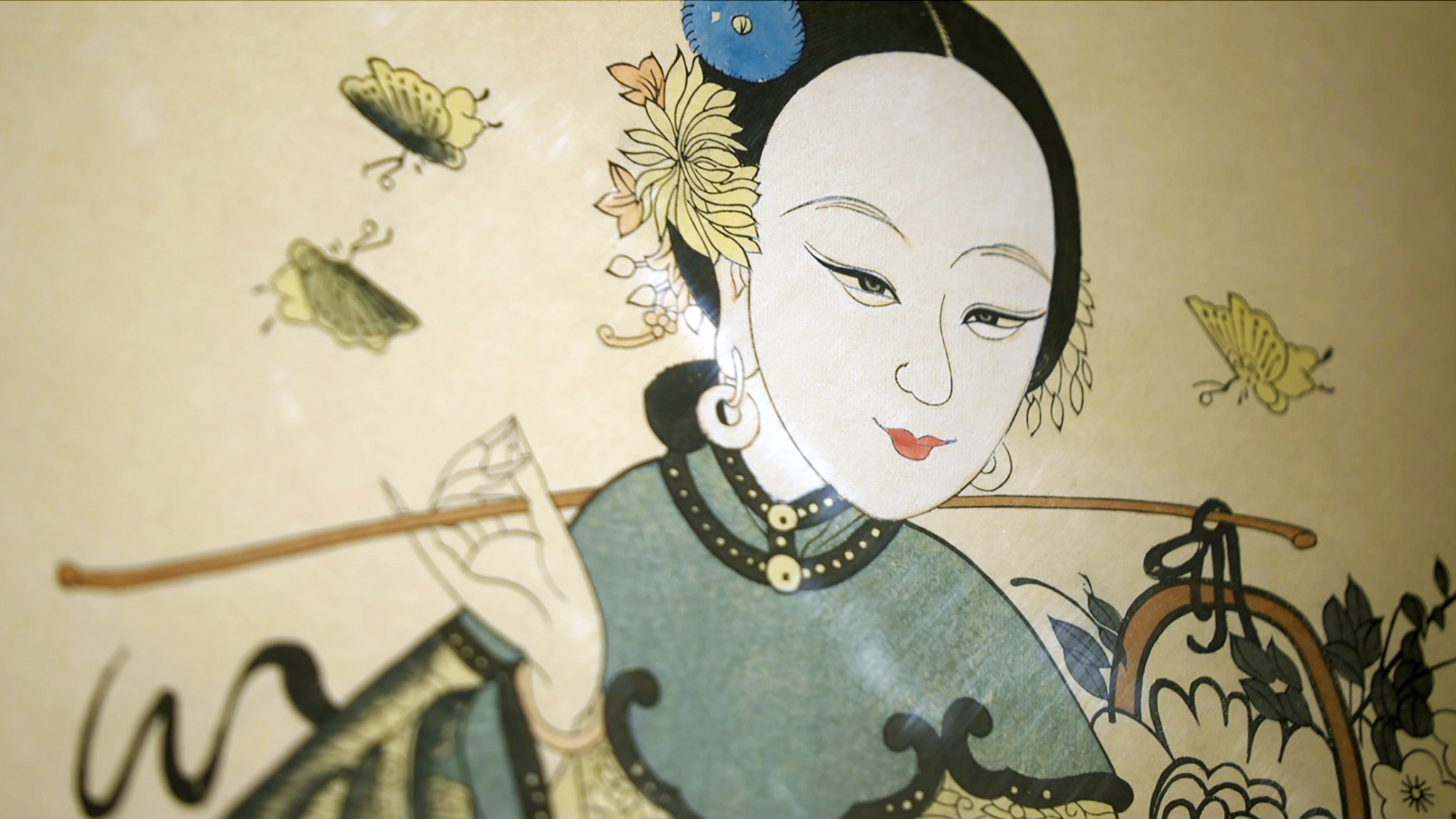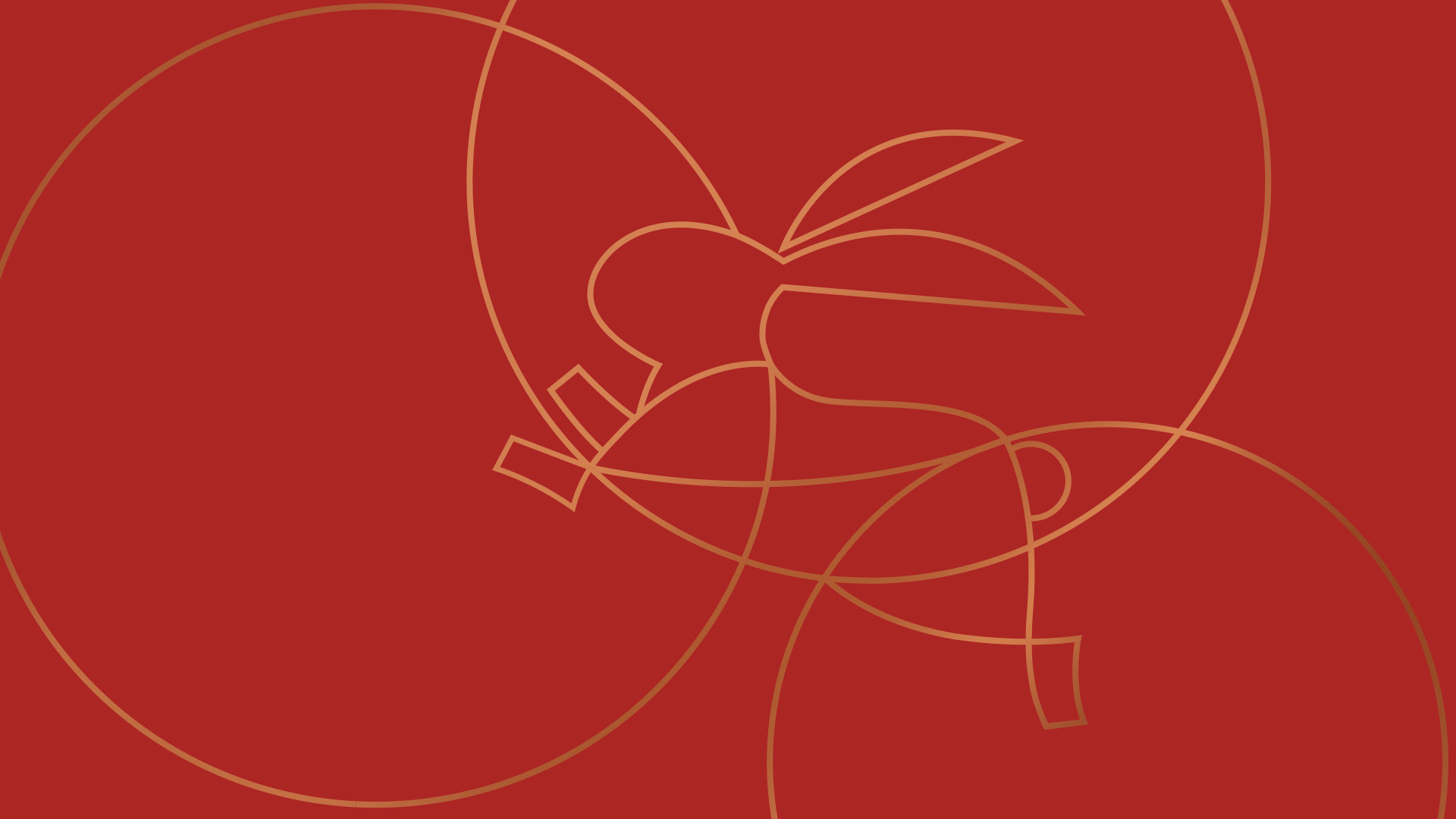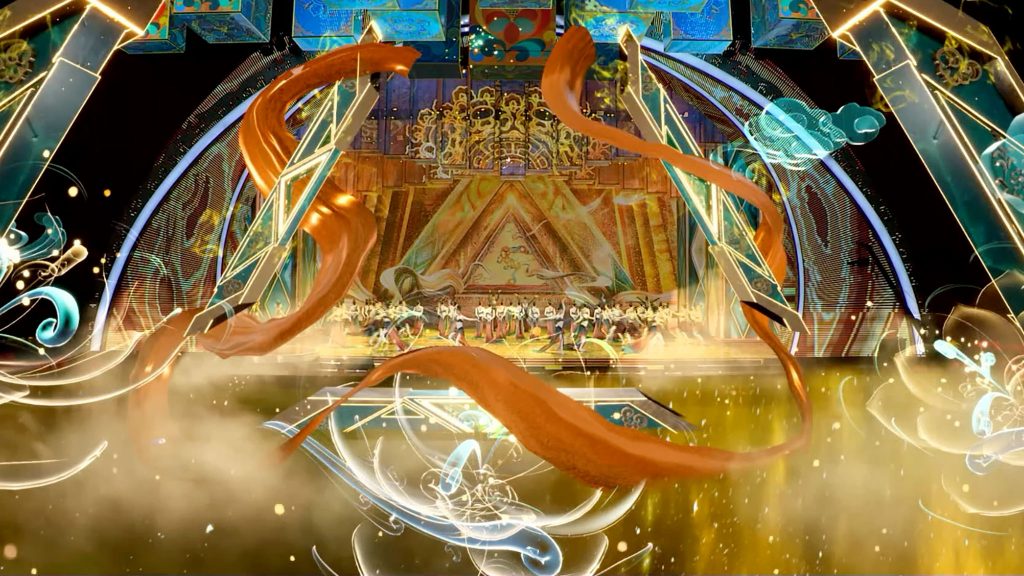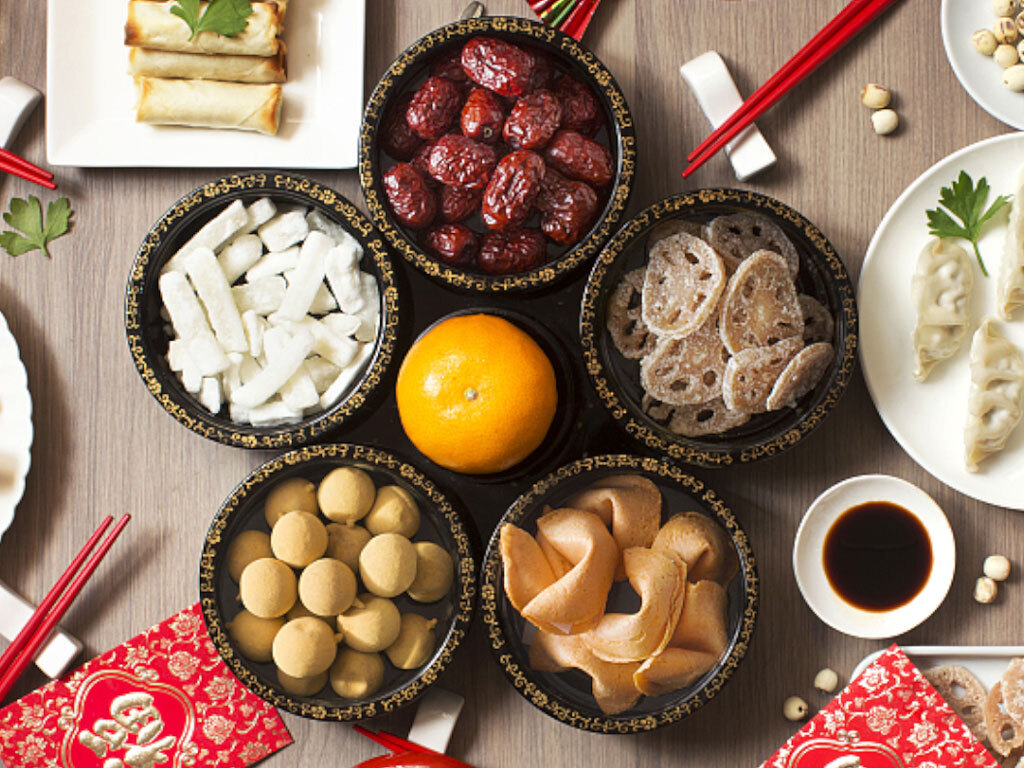
Nianhua, Past and Present
During Spring Festival, families across China share their hopes for the coming year through nianhua, a humble folk art tradition that is over
Do a big spring clean and decorate your home with auspicious flowers. Iron your new red outfit, and stock your candy box with ‘kuaci’ (melon seeds) and candied fruits. Spring Festival is a time when we embrace traditions passed down for generations and express our wishes for new beginnings. One of the first and the most artistic customs on Chinese New Year’s Day is to put up ‘nianhua’, or new year paintings.
Guarding tradition
Designed especially for the annual Spring Festival, nianhua is a form of folk art, with some of its earliest documentation dating back more than 1,300 years.
In Jingchu Suishiji, a compilation of traditional holiday descriptions in the sixth century, author Zong Lin wrote about decorating doors with paintings of two ‘menshen’ (gate deities) on the first day of the Chinese New Year. Many regard these paintings of menshen, who are believed to be guardians of the home’s occupants, as the earliest subjects of nianhua.
Throughout the centuries, the techniques and types of nianhua have evolved from paintings to prints, and the subject of these New Year paintings has expanded beyond gate deities.
Many of the subjects and motifs featured in nianhua, such as fabled flowers and animals, often have auspicious connotations for the coming year. Some of them depict folk tales and snippets of daily life that symbolize joy and luck.
Taohuawu: Capital city of woodblock printed nianhua
While digital prints may be ubiquitous at New Year markets today, the exquisite handmade nianhua remain an unreplaceable art form that has been passed down by generations.
Some of the most celebrated artisanal nianhua are the woodblock-printed versions, which first gained popularity in the Song dynasty (960-1279). They grew in popularity during the Ming and Qing dynasties from the 1300s, when several nianhua-producing centers emerged, including the Taohuawu area of Suzhou in Jiangsu province.

Nianhua produced from Taohuawu, literally translated as peach blossom embankment, was inscribed as a Chinese national intangible cultural heritage in 2006, lauded for its intricate design, meticulous carving and woodblock-printing techniques.
The artisans of Taohuawu use the “one block, one color” technique, meaning they carve one woodblock for each color intended for use in the final painting. That means if there are 10 colors in one print, 10 individual woodblocks have to be meticulously carved with precision so the colors won’t overlap with each other. This technique makes designing and producing the prints particularly challenging, and a complex woodblock-printed nianhua created in this way could take years to make.

Prints from Taohuawu were once considered prized items across China and have since found popularity overseas, such as Gu Su Wannian Bridge, for example, which is on display in Kobe City Museum in Japan. In China, however, the popularity of this humble folk art has been on the decline for the last few decades, and many woodblock printing workshops have begun to disappear.
An artistic revival
In recent years, a new generation of artists has been reviving the nianhua art form, working to preserve and promote this traditional craft. Having honed her skills for over two decades, Qiao Mai has not only mastered the old techniques but has injected new energy into the heritage.
“My works of New Year Prints have been infused with some new understanding of current life and society. As a result, I have made a series of new-style New Year Prints and employed these prints in new context and in new ways,” says Qiao in an interview with China National Tourist Office.

In addition to a range of new original woodblock prints, Qiao also created Taohuawu nianhua-inspired products including red packets, silk scarves and pouches. A stalwart supporter of the arts, Qiao hopes nianhua will become a staple in Chinese homes and a fashionable collectible among the younger generations once again.
The annual Spring Festival is the perfect occasion to revisit traditional Chinese arts and culture like nianhua. Through the creativity of today’s contemporary artisans and artists, revelers can continue to share in the hopes and good wishes shared by families across the centuries.
READ MORE






